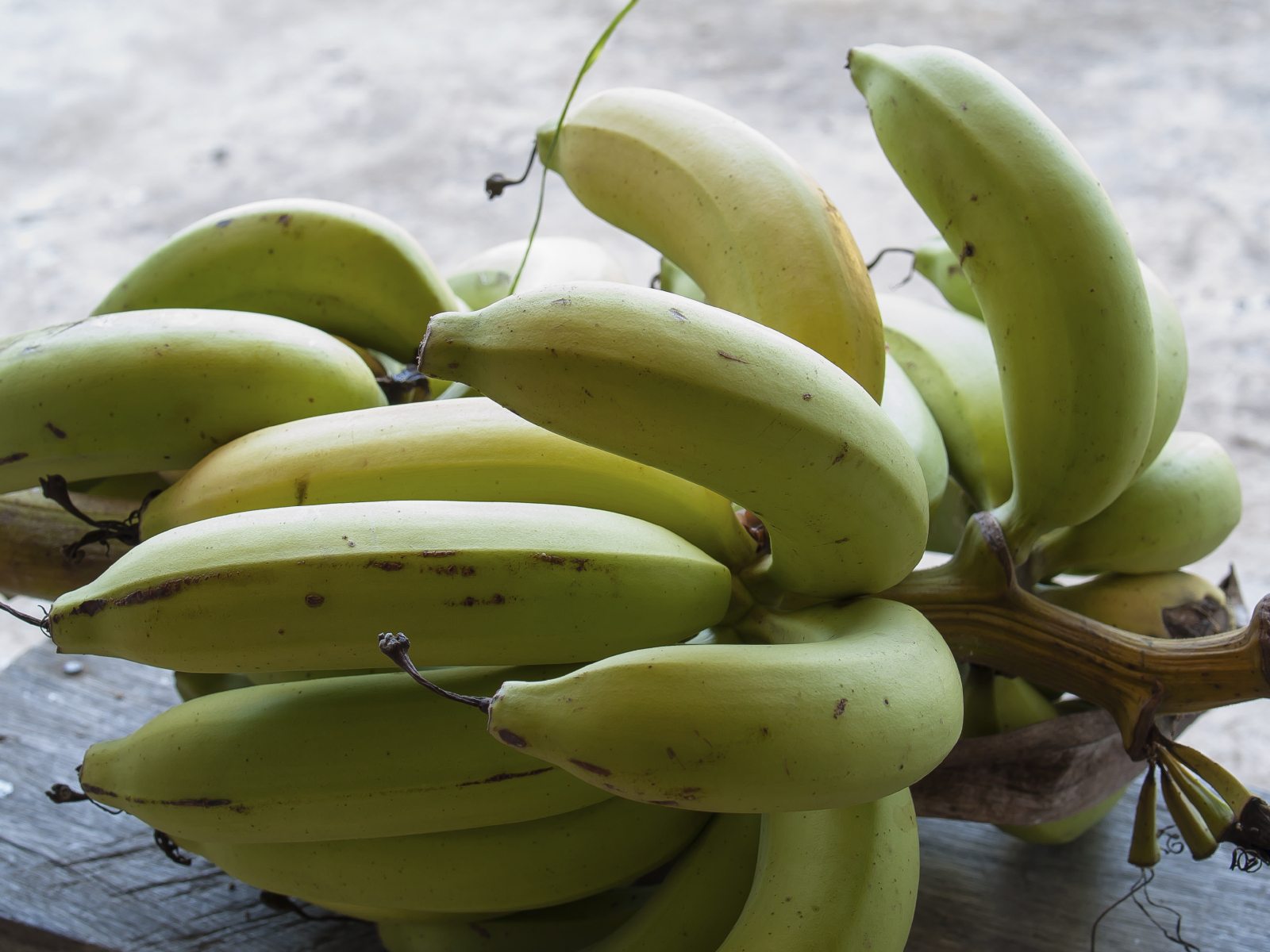
Ever notice how sometimes the bananas at the grocers are more green than yellow? In fact, I buy the greener ones so they can gradually ripen on the kitchen counter, unless I want one to eat, of course. If you have ever tried to eat a green one, you probably noticed it was hard and not sweet. The producers of the bananas actually pick them when they are mature, but not yet ripe. This lengthens the amount of time they have to ship them. So what is fruiting maturity?
What is Fruiting Maturity?
Fruit development and maturation does not necessarily go hand in hand with ripening. Ripening may be part of the fruit maturation process, but not always. Take those bananas, for instance. The growers pick the bananas when they are mature and ship them when they are unripe. The bananas continue to ripen off the tree, growing softer and sweeter. This is due to a plant hormone called ethylene. Maturation of fruit is the most important factor with storage time and final quality. Some produce is picked at the immature stage. These include fruit and veggies like:
Other fruits and vegetables are picked when fully mature such as:
The first group is often picked at its peak flavor before the fruit maturation of plants is reached. If allowed to reach full maturity and then picked, the quality and storage time would be compromised. The second group picked fully mature produces higher amounts of ethylene, which hastens the ripening process and results in:
- faster, more uniform ripening
- decrease in chlorophyll (green color)
- increase in carotenoids (red, yellow, and orange)
- softened flesh
- increase in characteristic aromas
Tomato, banana, and avocado are examples of fruit that is mature at harvest, yet rather inedible until further ripening. Strawberries, oranges, boysenberries, and grapes are fruits that need to complete the fruit maturation process on the plant.
Synopsis of Fruit Development and Maturation
So, obviously, the color of a fruit at the time of harvest is not always a good indicator of the maturation of fruit.
- Growers look at optimal harvest dates, desirable size, yield, ease of harvest as their indicators of maturation.
- Shippers look at the shipping and market quality. Can they get this product to the consumer in peak condition?
- Consumers are most interested in the texture, flavor, appearance, cost, and nutrition content of our produce.
All these rely on the fruit maturation process to get the end consumer the freshest, tastiest, most aromatic produce.
Sign up for the Gardening Know How newsletter today and receive a free copy of our e-book "How to Grow Delicious Tomatoes".

Amy Grant has been gardening for 30 years and writing for 15. A professional chef and caterer, Amy's area of expertise is culinary gardening.
